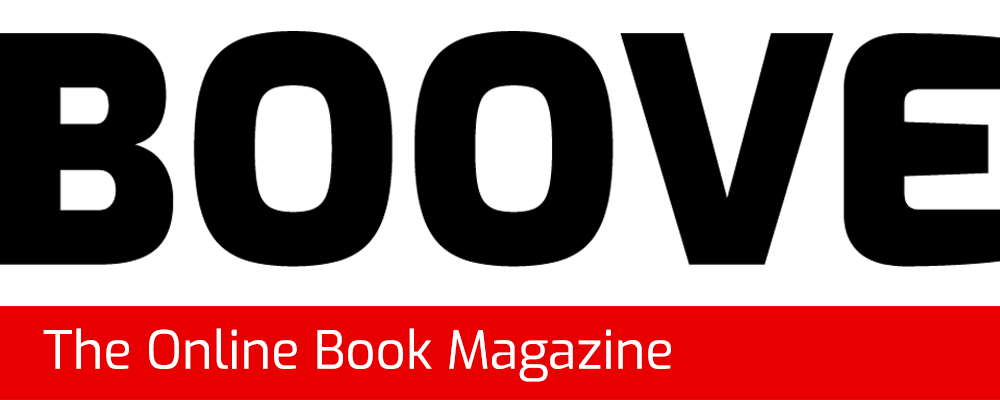Piano is notoriously difficult at the start. Forming the correct handshape, getting used to legato, it can all be a big task for a beginner!
These books take it step by step, with easy to follow guides and notes to help you or the beginner you know. Great companions to pieces are music theory books, which create a great foundation for when pieces get increasingly more complex.
#1 Primer Level – Lesson Book by Nancy Faber

Before buying a copy make sure to compare the price at various outlets:
#2 Adult Piano Adventures All-in-One Piano Course By Nancy Faber

Before buying a copy make sure to compare the price at various outlets:
#3 WP233 – Theory and Technic for the Young Beginner by James Bastien

Before buying a copy make sure to compare the price at various outlets:
#4 My First Piano Adventure by Nancy & Randall Faber

Before buying a copy make sure to compare the price at various outlets:
#5 L21 – Standard of Excellence Book by Chuck Elledge

Before buying a copy make sure to compare the price at various outlets:
#6 Suzuki Piano School by Shinichi Suzuki

Secondly, look at the approach. There are two basic approaches to teaching piano, and – as always! – there are advantages and disadvantages to each.
The first approach is to have the hands always in the same place, because that makes it easier to get comfortable with a home base. Then you gradually branch out from home.
The second is to have the hands moving into different positions on the keyboard regularly, because then you get learn the entire keyboard and you get used to moving your hands around it quicker.
I have used both approaches in my teaching, and if forced to choose, I would recommend Farber and Farber in combination with Alfred for choice of book.
Which method (and books) I choose depends on the student, age, and their temperament. Yes, there’s an element of guesswork and intuition involved – but the books are inexpensive enough and short enough so that it is easy to switch over to a different method if needed.
Before buying a copy make sure to compare the price at various outlets:
[mks_toggle title=”Contributors to this article” state=”open”]Jacob Silver from Sage Music
Barbara Fischer from Fischarper, LLC
Tom Rule from TomRule
[/mks_toggle]


